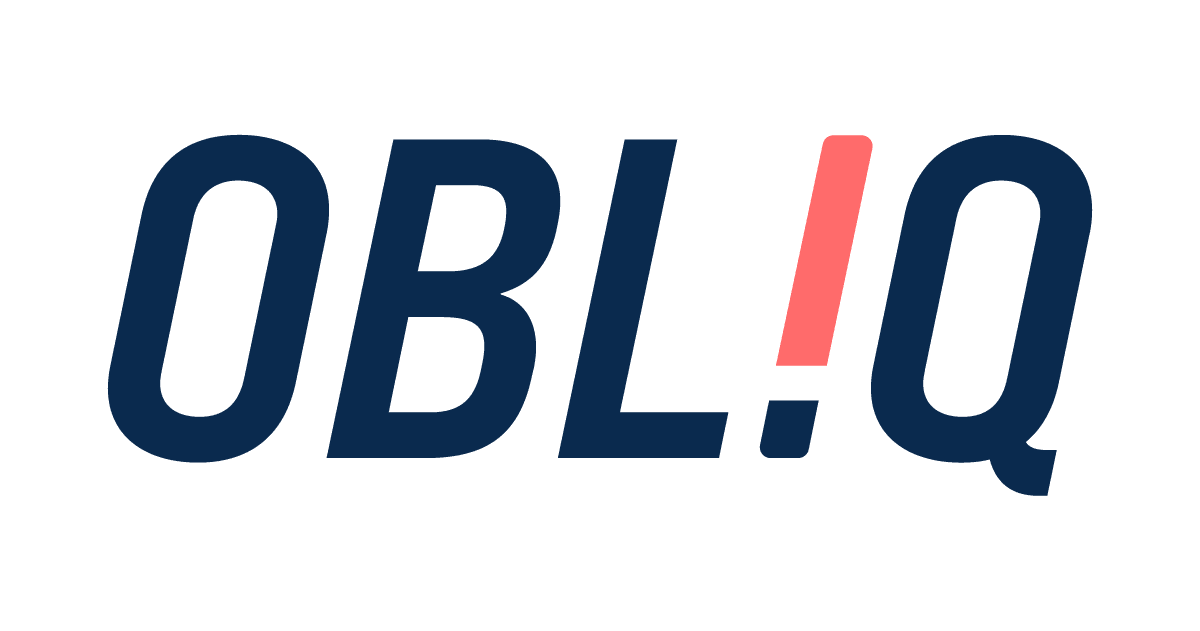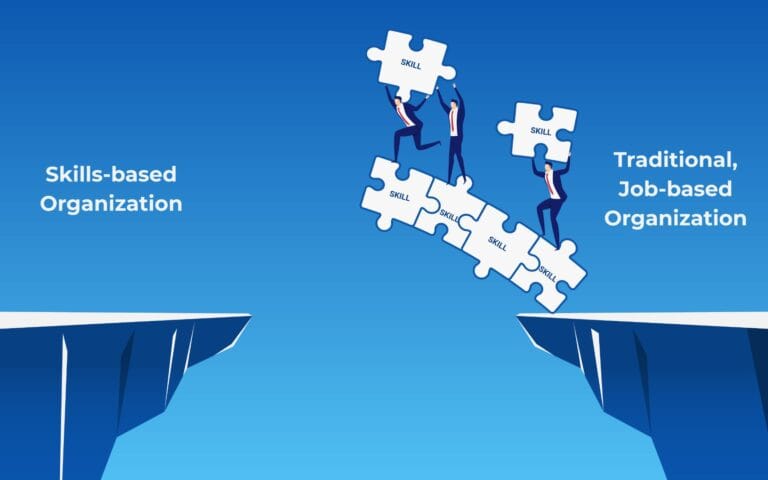In today’s business landscape, change isn’t a rare, disruptive event; it’s the new status quo. Fueled by rapid technological advancement and the integration of AI into every facet of our work, organizations are in a perpetual state of transformation. But while businesses are racing to adapt, their most critical asset—their people—are showing signs of strain. This isn’t just a challenge; it’s a significant business risk.
The pressure to constantly evolve has given rise to a pervasive and costly phenomenon: change fatigue. It’s the exhaustion and cynicism that sets in when employees are subjected to one strategic shift after another without adequate time to absorb, adapt, or recover. The result is a workforce that is disengaged, burnt out, and resistant to the very initiatives designed to secure the organization’s future.
But what if the best defense against this fatigue isn’t slowing down, but strengthening the foundation upon which your teams stand? The evidence is clear: the most resilient, innovative, and engaged teams operate within a culture of high psychological safety. This isn’t a soft perk; it’s a strategic imperative that delivers a measurable return on investment by creating a buffer against burnout and unlocking your team’s capacity to thrive amidst chaos.
The Collision Course: When Change Outpaces Trust
The modern workplace is facing a dual crisis. On one hand, the pace of transformation is relentless. In 2022, the average employee had to navigate ten planned enterprise changes, and a staggering 77% of HR managers now report their employees are weary of this constant churn. On the other hand, the trust required to navigate this turbulence is eroding. According to research from Gartner, only about half of employees actually trust their organizations.
This creates a dangerous disconnect. When trust is low, employees view change with suspicion and fear. Their capacity to adapt plummets, and the organization’s agility grinds to a halt. Conversely, a high-trust environment acts as a powerful catalyst for resilience. Studies show that when trust is high, employees possess 2.6 times the capacity to absorb change, allowing them to navigate disruption without succumbing to fatigue.
“For knowledge work to flourish, the workplace must be one where people feel able to share their knowledge—sharing concerns, questions, mistakes, and half-formed ideas.”
– Amy C. Edmondson, Harvard Business School Professor
At its core, psychological safety is the bedrock of this trust. It is the shared belief held by members of a team that the group is safe for interpersonal risk-taking. It’s the confidence that you can speak up with an idea, a question, or a concern—or admit a mistake—without fear of humiliation or punishment. As business leader Alan King states, this is “no longer just a workplace perk. It is a business necessity.”
The Psychological Safety Divide
How trust dictates whether teams buckle under pressure or build resilience.
Low Psychological Safety
Result: Change Fatigue
77%
of employees are weary from constant organizational change.
Fear and a lack of trust lead to burnout, disengagement, and resistance to necessary transformation.
High Psychological Safety
Result: Team Resilience
2.6x
the capacity to absorb change in high-trust environments.
Trust and security empower teams to adapt, innovate, and thrive amidst uncertainty.
Psychological safety is the fulcrum for organizational resilience.
The Antidote: How Psychological Safety Builds a Resilient Workforce
Change fatigue is not inevitable. It’s a symptom of an environment lacking the necessary support structures. Leaders who intentionally cultivate psychological safety can directly counter this trend and build teams that are not just surviving, but thriving.
1. It Creates a Powerful Buffer Against Burnout
Burnout is the final, debilitating stage of unmanaged change fatigue, and its cost is enormous. Indeed, a startling 46% of HR leaders attribute up to half of their annual employee turnover directly to burnout. Research from Boston Consulting Group further found that in environments with high psychological safety, only 3% of employees plan to quit, compared to 12% when safety is low—effectively quadrupling retention.
The Retention Power of Psychological Safety
How a culture of trust directly impacts employee turnover and burnout.
Lower Intention to Quit
High Safety
Low Safety
Employees in high-safety environments are 4x less likely to plan on quitting.
The Cost of Burnout
46%
of HR leaders
attribute a significant portion of annual employee turnover directly to burnout.
This is where “people-first” managers make a tangible difference. A global study found that leaders who prioritize their team’s well-being and safety cut their team’s burnout risk in half and can reduce turnover risk by as much as 78%. Most powerfully, new research directly quantifies the impact on fatigue itself: managers who actively foster a psychologically safe environment can drive up to a 54% reduction in change fatigue among their teams. This demonstrates that psychological safety is a direct and potent defense against the exhaustion plaguing modern workplaces.
2. It Fuels the Innovation Culture Needed to Adapt
In a rapidly changing world, the ability to innovate is paramount. But innovation requires risk—the willingness to try new things, challenge the status quo, and occasionally fail. In a fear-based culture, this is impossible. The consensus among leadership is overwhelming: 93% agree that psychological safety is essential for boosting innovation.
Safety Fuels Innovation
When teams feel secure, performance and creativity ignite.
93%
of Leaders Agree
that psychological safety is essential for boosting innovation.
+25%
Performance Boost
seen in teams with high psychological safety, like those in Google's research.
#1
Success Factor
identified by Google's Project Aristotle for high-performing teams.
As Amy Edmondson notes, when employees withhold insights for self-protection, it becomes a “terrible solution for the organization,” hindering adaptation. This is why Google’s renowned Project Aristotle discovered that psychological safety was the single most important factor in their highest-performing teams, which were not only more effective but also saw up to a 25% boost in performance.
This was also the key to Microsoft’s transformation under Satya Nadella. By shifting the culture from a competitive “know-it-all” mindset to a collaborative “learn-it-all” one grounded in empathy and safety, he unlocked a new wave of innovation. Employees felt empowered to experiment and learn, turning the pressure of industry shifts into a source of energy and creativity rather than fatigue.
3. It Drives Engagement and Commitment
When employees feel safe, they are more likely to be engaged. It’s that simple. Research compiled by the Niagara Institute shows that teams with high psychological safety experience 76% more employee engagement. This heightened engagement translates directly into commitment and loyalty.
In a world where talent is a top competitive differentiator, creating an environment where people want to stay is crucial. Today, over 84% of employees say a psychologically safe environment is as important as competitive pay. By investing in a culture of trust, you are not only mitigating the risks of change fatigue but also building a powerful talent retention strategy.
The Leadership Mandate: From Knowing to Doing
The data is overwhelmingly clear, yet a significant gap exists between knowing and doing. A McKinsey-highlighted survey revealed that only 26% of leaders regularly create psychological safety for their teams. Closing this gap is the single greatest opportunity for leaders looking to build resilient, high-performing organizations.
The Leadership Gap
There's a critical divide between knowing and doing.
Only 26%
of leaders regularly create psychological safety for their teams.
Building this culture doesn’t require a massive budget, but it does demand intentionality. It starts with leaders modeling the right behaviors and creating systems that reinforce trust.
4 Pillars of a Psychologically Safe Culture
Key behaviors for leaders to build trust and resilience.
Frame Work as a Learning Problem
Model Vulnerability
Practice Inquiry & Curiosity
Create Structures for Voice
- Frame Work as a Learning Problem, Not an Execution Problem: Acknowledge complexity and uncertainty. Encourage questions and admit you don't have all the answers. This gives your team permission to be curious and learn together.
- Model Vulnerability: Be the first to admit a mistake or share a lesson learned from a failure. This normalizes imperfection and encourages others to be transparent without fear of blame.
- Practice Inquiry and Curiosity: Ask powerful questions and listen intently. Replace judgment with curiosity. When someone brings up a problem, your first response should be "tell me more," not "who is to blame?"
- Create Structures for Voice: Implement clear, safe channels for feedback and dissent. This can be as simple as dedicating time in meetings for open questions or using structured formats that ensure every voice is heard. A pharmaceutical sales division successfully rebuilt its toxic culture by shifting from individual to team-based incentives, rewarding collaboration over cutthroat competition and proving that organizational systems are critical levers for building safety.
Cultivating these skills and redesigning these systems are at the heart of modern leadership. Investing in Leadership & Management Development Programs and a deliberate Organizational Culture & Onboarding Strategy are no longer optional—they are essential for equipping your leaders to build the trust-based, human-centric environments necessary to win in an era of constant change.
Charting Your Course in a Turbulent World
The era of perpetual transformation is here to stay. Leaders can no longer afford to view change as a series of isolated projects, nor can they ignore the human toll it takes. The evidence is irrefutable: change fatigue is a significant threat to performance and retention, and psychological safety is its most powerful antidote. By shifting focus from managing change to cultivating a culture of trust, you build a resilient organization where teams are energized by challenges, not exhausted by them. This human-centric approach is the ultimate driver of sustainable performance, innovation, and engagement in the modern workplace.
Now is the time to build the trust that will empower your organization to Unlock What’s Next!.
What is the first step you will take to consciously build greater psychological safety within your team?










